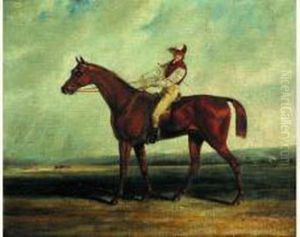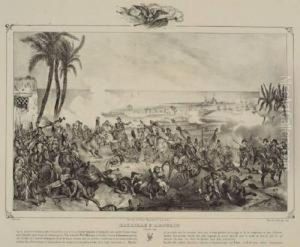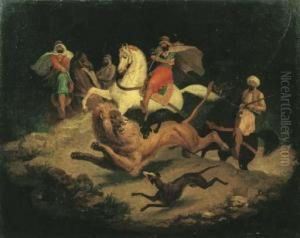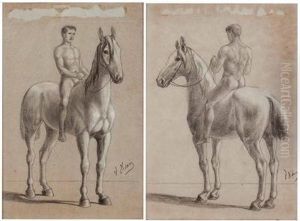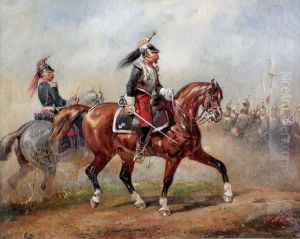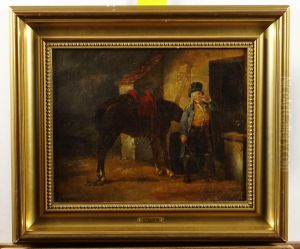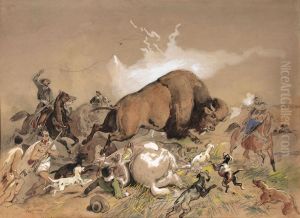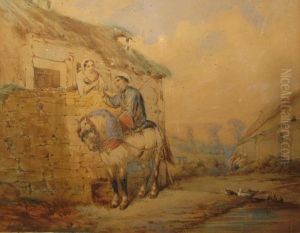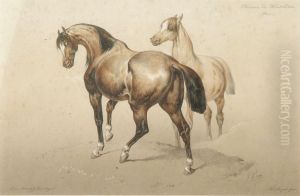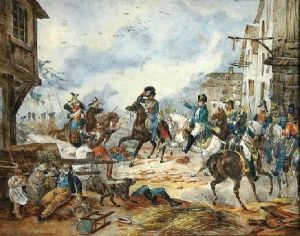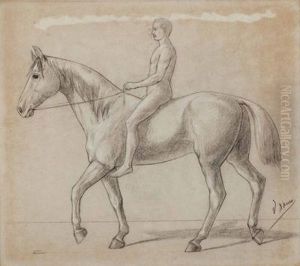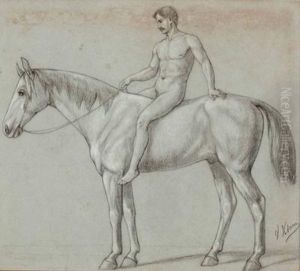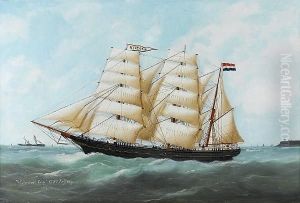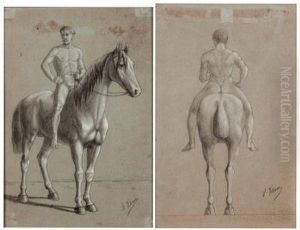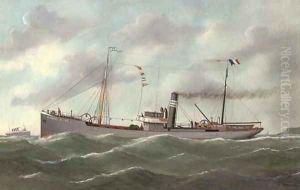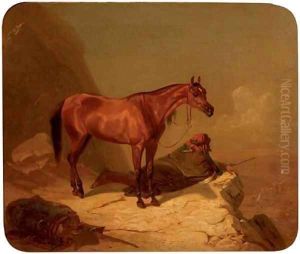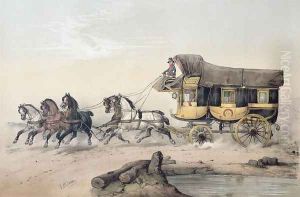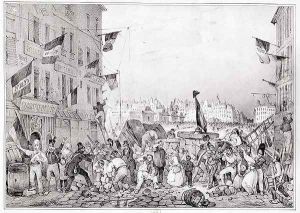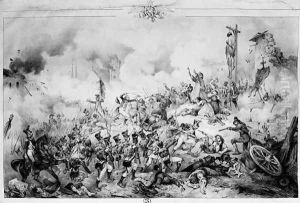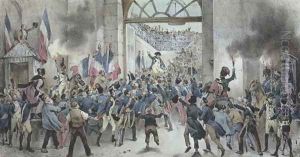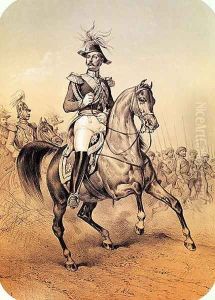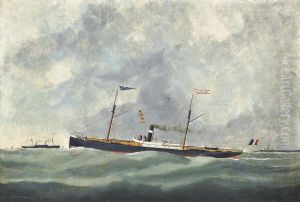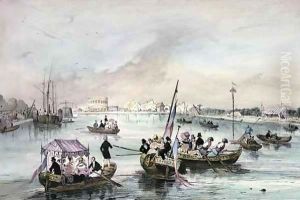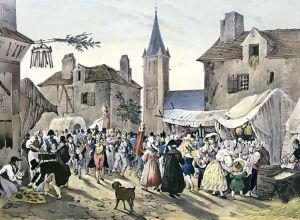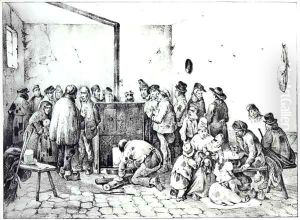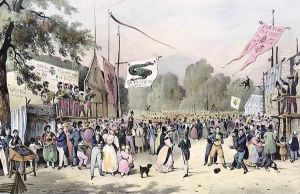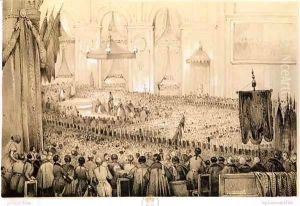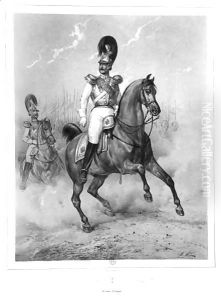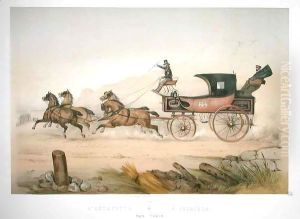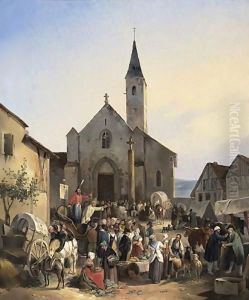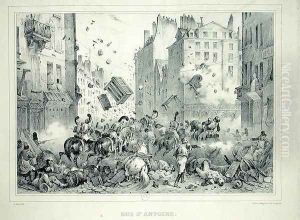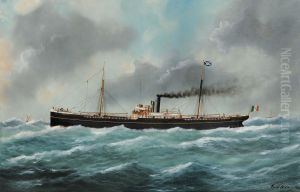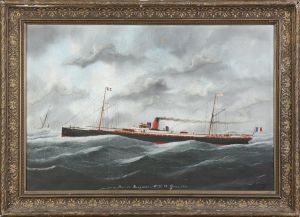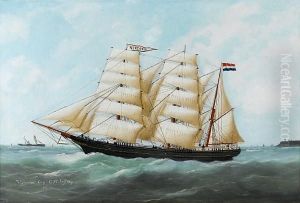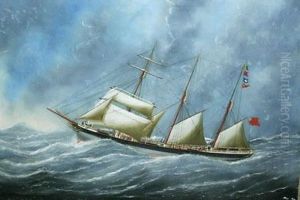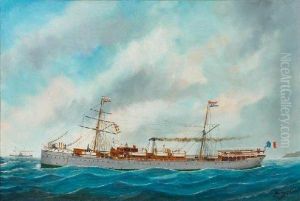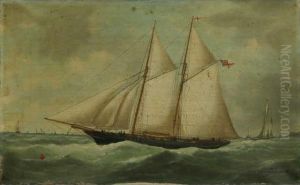Victor Adam Paintings
Victor Adam was a French lithographer and illustrator, born in Paris on January 28, 1801. He was the son of Jean Adam, a notable miniaturist and painter of military subjects. Influenced by his father's artistic milieu, Victor showed an early aptitude for art, and his talent was nurtured from a young age.
Adam received his formal art education at the École des Beaux-Arts in Paris, where he trained under esteemed artists such as Jean-Baptiste Regnault. He quickly became adept in the medium of lithography, a relatively new printmaking technique at the time, which allowed for the mass production of images. His early works included illustrations for books and periodicals, as well as lithographs that captured the vibrancy of Parisian life.
In the 1830s, Adam gained recognition for his work on a series of equestrian lithographs. He was particularly fascinated by horses, and his ability to depict them with dynamic realism contributed to his popularity. He produced a number of albums dedicated to the depiction of horses and the pomp of military parades, reflecting the spirit of the July Monarchy and the public’s interest in military affairs.
Adam's work extended beyond lithography. He also painted and illustrated a wide variety of subjects, including historical events, landscapes, and animal scenes. His illustrations for children's books were particularly beloved, and they contributed to the development of the genre in France.
Despite his success, Adam faced financial difficulties later in life, partly due to the changing tastes of the art-buying public and the advent of photography, which challenged the lithography market. He continued to work until his death on December 30, 1866, in Viroflay, Yvelines, leaving behind a rich body of work that offers a glimpse into the 19th-century French society and its artistic trends.
Victor Adam's legacy is preserved in the collections of various museums and institutions, where his work continues to be studied and appreciated for its historical value and artistic merit. His contributions to lithography and illustration have earned him a place in the annals of French art history.
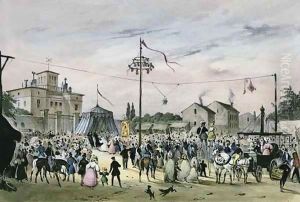
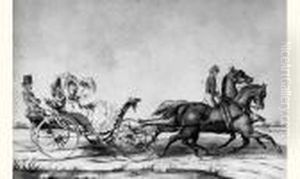
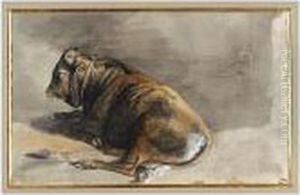
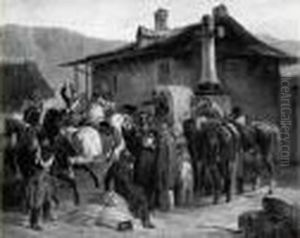
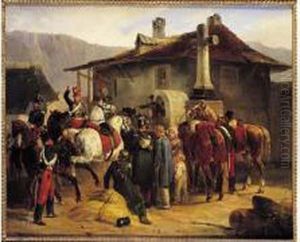
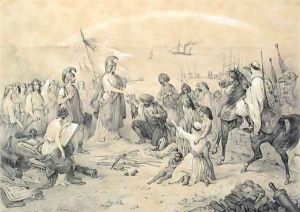
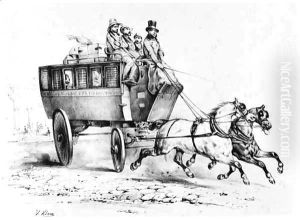
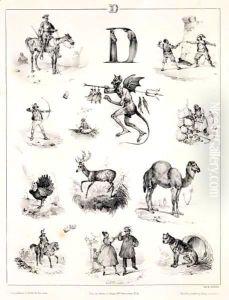
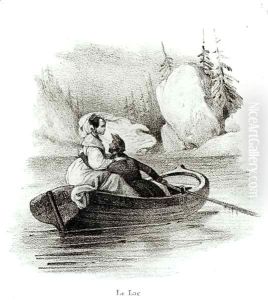
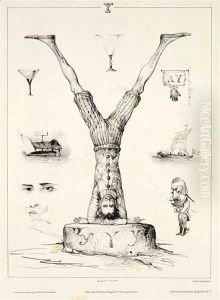
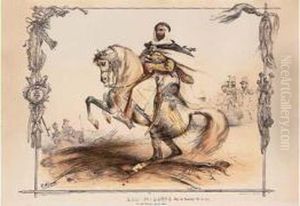
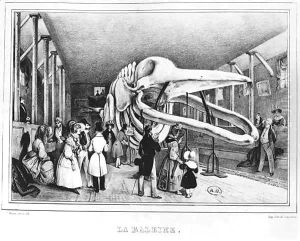
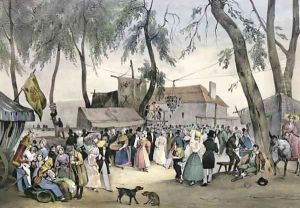
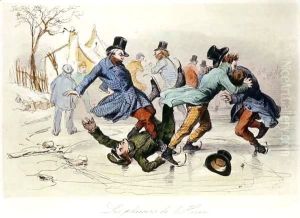
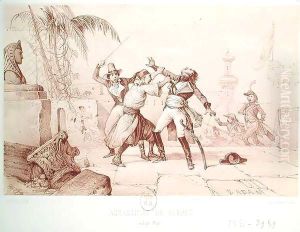
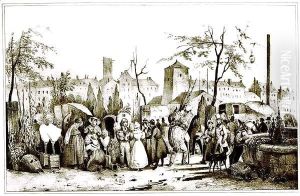
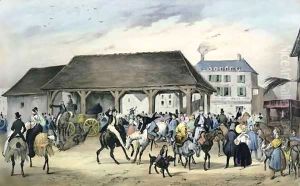
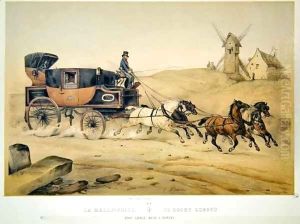
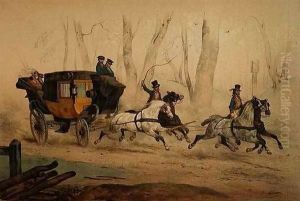
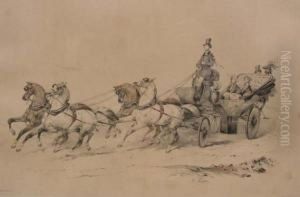
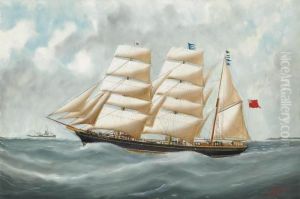
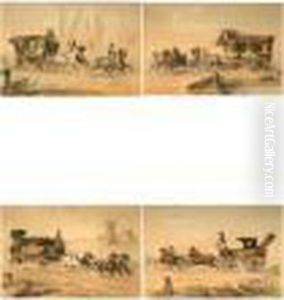
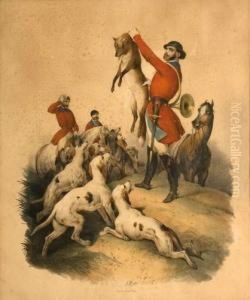
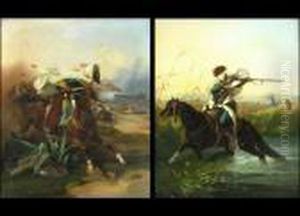
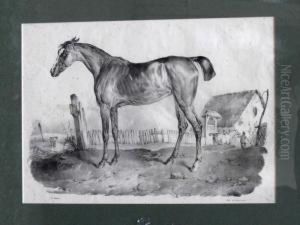
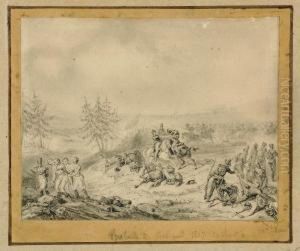
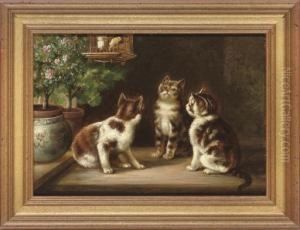
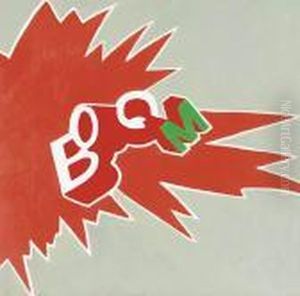
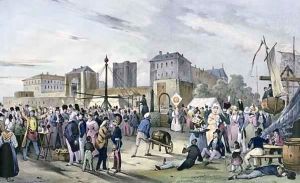
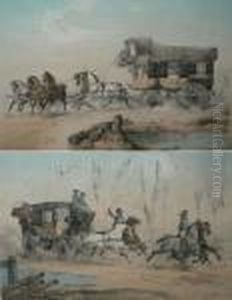
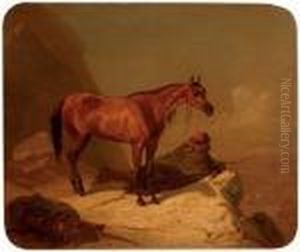
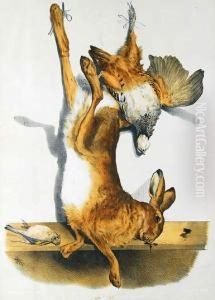
![[victor-jean Adam; Market Day; Oil On Canvas; Signed And Dated 1825]](https://www.niceartgallery.com/imgs/1137571/s/victor-adam-victorjean-adam-market-day-oil-on-canvas-signed-and-dated-1825-96a511e0.jpg)
